- Mary Johnstone
- British Youth Opera
- Rudolph Hermann Simonsen
- Medtner
- Villa-Lobos
- Dudley Moore
- Beethoven: Fidelio
- Bath
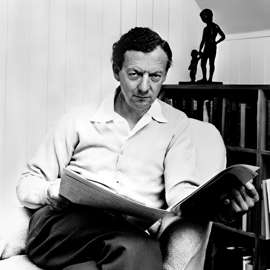 SPONSORED: Ensemble. Last Gasp of Boyhood. Roderic Dunnett investigates Jubilee Opera's A Time There Was for the Benjamin Britten centenary.
SPONSORED: Ensemble. Last Gasp of Boyhood. Roderic Dunnett investigates Jubilee Opera's A Time There Was for the Benjamin Britten centenary.
All sponsored features >>
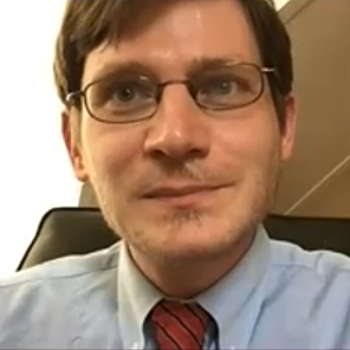 DISCUSSION: Defining Our Field - what is 'classical music' to us, why are we involved and what can we learn from our differences? Read John Dante Prevedini's essay, watch the panel discussion and make your own comments.
DISCUSSION: Defining Our Field - what is 'classical music' to us, why are we involved and what can we learn from our differences? Read John Dante Prevedini's essay, watch the panel discussion and make your own comments.
Not the Longest Ever Written
RON BIERMAN listens to Mahler's 'Resurrection' Symphony and a new work by Thomas Larcher in San Diego's newly renovated Jacobs Music Center
There were only two pieces on the San Diego Symphony's program for the second weekend of the first season in the newly renovated Jacobs Music Center. But one of them was Mahler's Symphony No 2, Resurrection. At about ninety minutes, it is one of the longest ever written.
During conductor Rafael Payare's exciting performance, no one was nodding off, or even tempted to glance at a phone. Though a phone did elude its owner for three muffled rings before the transgressing audience member got it out. It managed one last defiantly louder ring before the press of a muting icon.
The sound was more likely to have gone unnoticed during the first piece on the program, contemporary Viennese composer Thomas Larcher's Time: Three Movements for Orchestra (a San Diego Symphony co-commission with four other symphony orchestras). Its length is a more modest twenty minutes, but it includes a greater variety of instruments than even the large orchestra the Mahler demands.
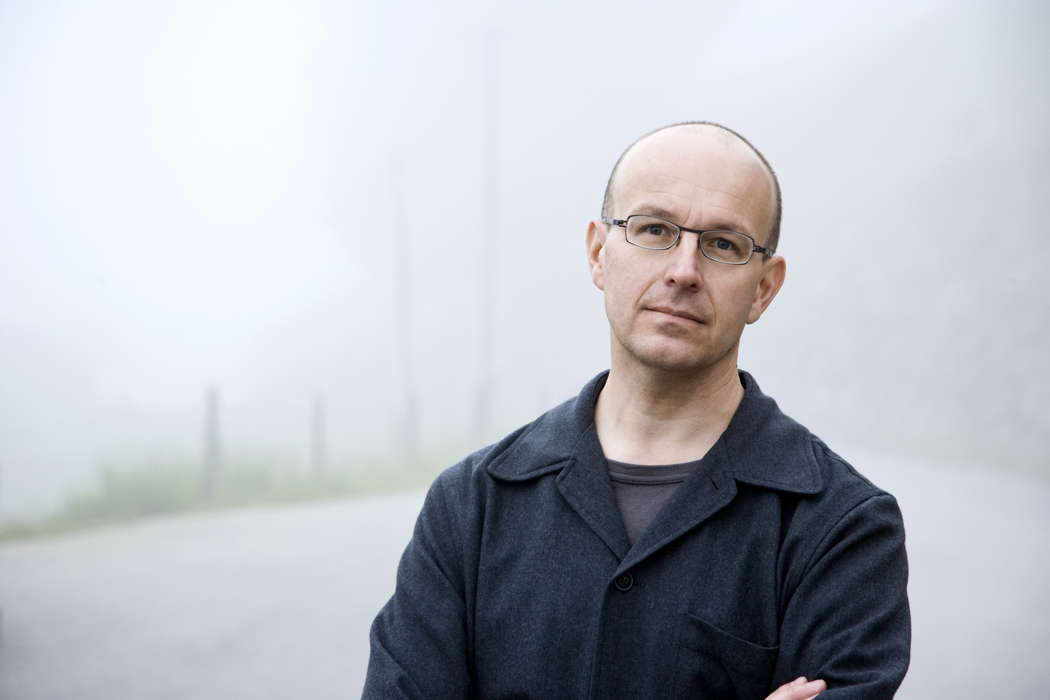
Austrian composer Thomas Larcher (born Innsbruck, 1963) studied composition with Erich Urbanner at the University of Music and Performing Arts in Vienna. Photo © 2007 Richard Haughton
Almost all the difference is in the percussion section, which was called on to signal each of the work's three movements by the tapping of a wooden block. I counted six percussionists on the stage, and the score calls on them to play more than twenty different instruments including Lightweight paper, a Waterphone (with bow), Sandblocks, Cowbell, and Wooden board. Not just any board, one made of '23mm laminated spruce'.
Being a city lad, I've never heard a cowbell on a cow but have a fond memory of hearing it on a recorded Carnegie Hall concert. Benny Goodman's drummer Gene Krupa used it to cue Goodman's brass for the wailing finish of 'Sing, Sing, Sing.'
But perhaps I digress.
So, what was my impression of Larcher's piece?
Larcher says the work's form: 'is established through tensions evoked by changing time (seemingly prolonging or compressing it) rather than motivic development'.
I prefer familiar rhythms and harmonic resolutions to music with a structure that must be explained rather than just listened to. Modern classical composers saw their audiences shrink in the second half of the last century because much of their music was written to break away from the creative constraints demanded by composing for what they knew most listeners prefer.
But Larcher's unconstrained work is entertaining because of its colorful textures, imaginative use of unusual instruments, varied tempos, and cross rhythms, all designed to make an audience aware of changing perceptions of time. It even manages an attractive melody or two.
Payare was masterful in controlling rhythmic and dynamic complexity, and his musicians responded with clean entries and full-bodied sound. But I can't claim to know whether they nailed it with simultaneous rhythmic patterns of three against two, much less more difficult simultaneous pairings.
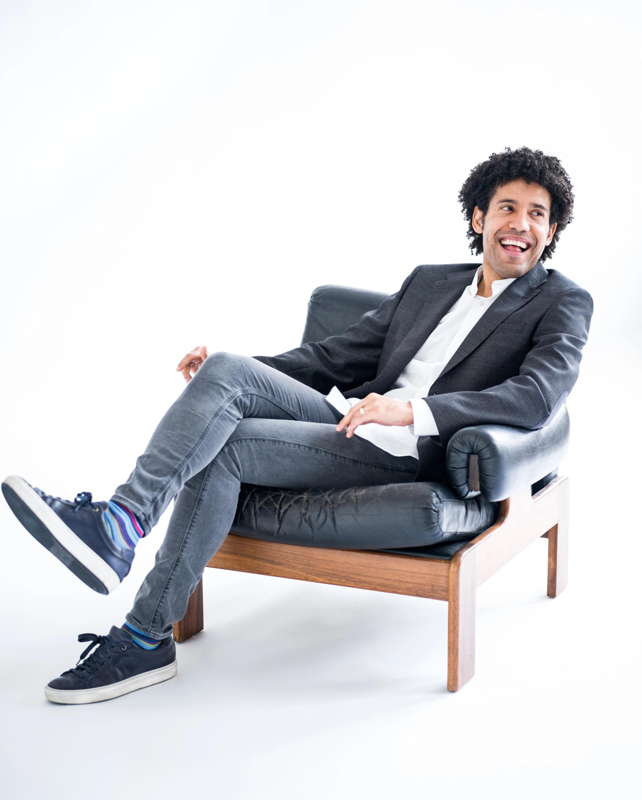
Rafael Payare. Photo © Gerard Collett
Special credit to the six percussionists! It was fascinating to watch as they reached and hopped from one sound to another, at times with near frantic speed.
No advanced explanations are necessary to appreciate and enjoy the emotions expressed in Mahler's second symphony.
Its emotions are worn on its sleeve, as jousting knights once displayed their love with the colors a Lady gave them to wear on their sleeves. The only thing that needs to be explained is why it came to be known as the 'Resurrection' symphony. Mahler was inspired by Friedrich Gottlieb Klopstock's poem 'The Resurrection' read at the funeral of his friend and fellow conductor Hans von Bülow.
The symphony struggles to find life's meaning until, in the words of Mahler's program notes, 'A feeling of overwhelming love fills us with blissful knowledge and illuminates our existence'.
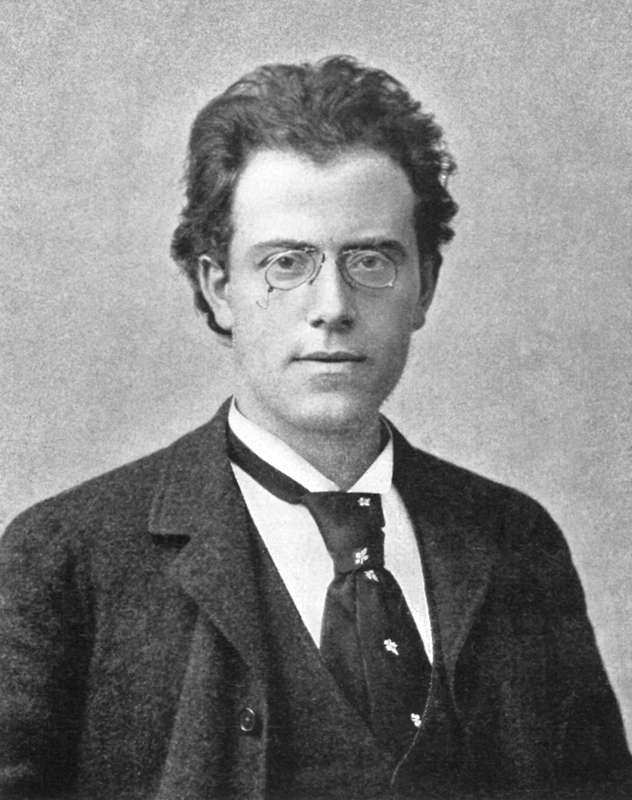
Gustav Mahler (1860-1911) in 1892
The chorus that enters for the last two of five movements expresses the thought:
Arise, yes, you will arise from the dead,
My heart, in an instant!
What you have conquered
Will bear you to God.
The performance demonstrated how much of a difference the hall's redesigned acoustics make.
Climaxes once marred by distorted sound burst forth with a clarity that sometimes felt overwhelming. Payare, with his now familiar acrobatic enthusiasm, delivered the excitement and beauty of the score and of Mahler's vision.
It's a difficult work to perform, and its length requires endurance, especially from the brass. The strain showed in a few barely noticeable, less than perfect entries, but the powerful and effective result was acknowledged when Payare signaled Principal French horn Benjamin Jabar to take a solo bow. A professional trumpet player sitting next to me had the loudest agreeing bravos.
The performance was enhanced by the appearances of soprano Angela Meade, mezzo-soprano Anna Larsson, and the nearly a hundred members of the San Diego Symphony Festival Chorus.
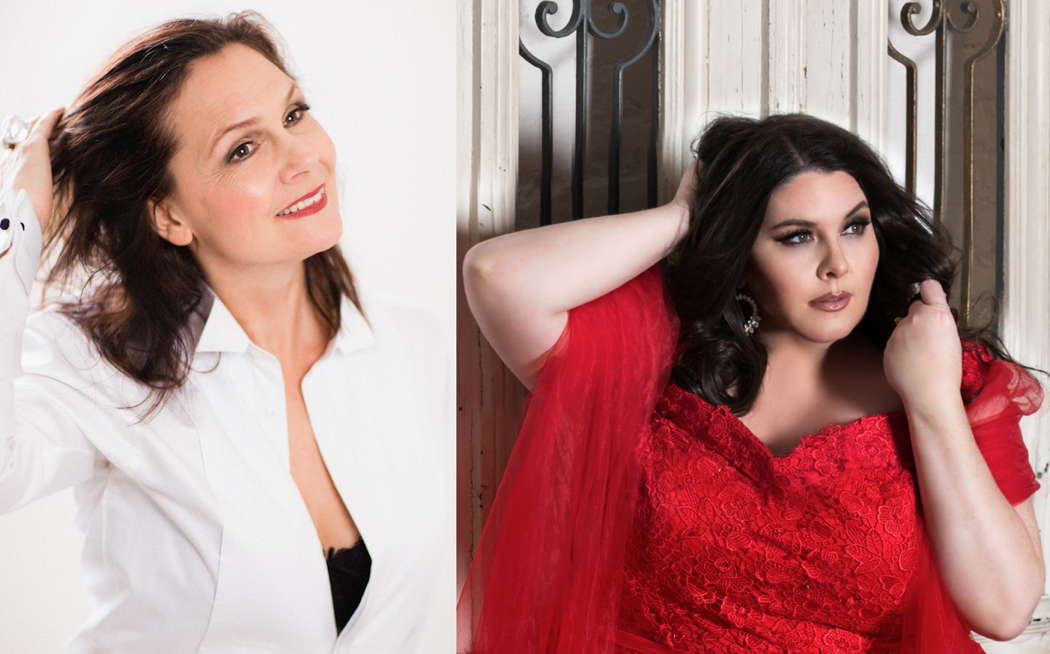
Swedish mezzo Anna Larsson (left, born 1966, photo © 2012 Anna Thorbjörnsson) and American soprano Angela Meade (born 1977, photo © 2016 Fay Fox)
The Choir used the two rows of elevated seats at the back of the stage. They were installed during the renovation and seat patrons when not needed for performers.
This time I admit a digression in advance.
While most symphonies last around half an hour, Mahler's third symphony is even longer than his second: one-hundred-and-ten minutes in a typical performance. It is usually classified as the longest in the standard repertoire.
But it is far from the longest ever written. Kaikhosru Sorabji's Symphony No 2, Jami, is at an estimated 4 hours and 45 minutes. It has never been performed, but truly fanatical fans of Sorabji have entered the eight-hundred-page score into Sibelius annotation software and combined the result with orchestral excerpts from the Vienna Symphonic Library. The fascinating otherworldly result can be heard on YouTube.
But it's still not the longest.
Romanian composer and philosopher Dimitrie Cuclin's 12th symphony of 1951 is believed to be about six hours long. It's been neither performed nor digitally recreated.
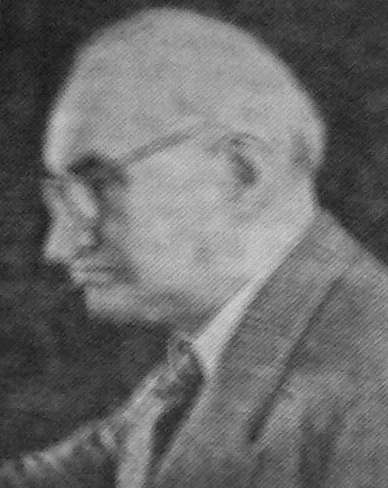
Romanian composer, musicologist, philosopher,
translator and writer Dimitrie Cuclin (1885-1978)
That's still the blink of an eye compared to As Slow as Possible by avant-garde composer John Cage. The simple eight-page score has no specific tempo marking.
The slowest performance to date began in 2001 on a specially built organ and is scheduled to finish in 2640. A crowd gathered in a German church to listen to the first chord change two years after the performance began.
If Mahler's words about the impermanence of death turn out to be on the money, I shall be back in six-hundred-and-sixteen years to report on the sound of the very last chord.
Copyright © 12 October 2024
Ron Bierman,
San Diego, USA



